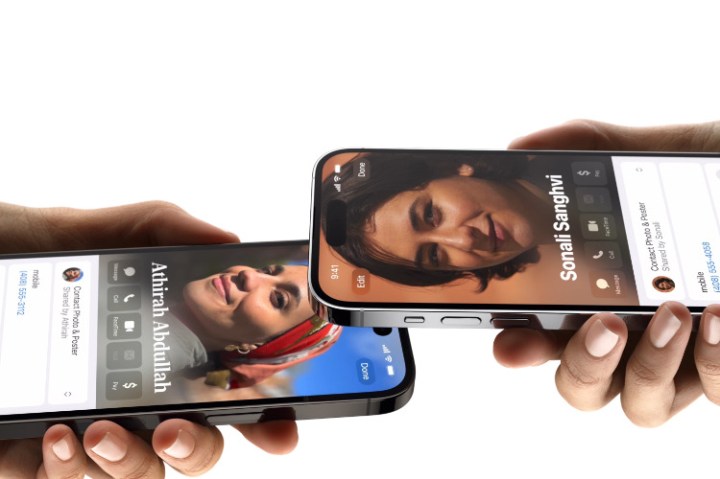What’s happened? Android may soon get its own version of Apple’s NameDrop, and the first clues come from a fresh APK teardown by Android Authority, which spotted a new feature quietly hiding inside Google Play Services. The feature appears to let two Android phones exchange contact info with a simple gesture, likely by tapping, bringing them close together, or using a subtle “sharing motion.” Nothing is live yet, but the pieces are clearly being built behind the scenes.
Android Authority found references to a “Contact Gestures Exchange” system within Play Services code.
Early strings and animations show phones moving toward each other to share details such as names, numbers, or email addresses.
The feature seems tied to Close Share, meaning it will likely use Bluetooth or ultra-wideband to authenticate the gesture securely.
It’s still in development, so the interface and exact gesture aren’t final, but the groundwork for seamless contact swapping is clearly underway.

Why this is important: Contact sharing between phones is such a basic function, yet one that still involves typing numbers, scanning codes, or manually saving info. With this feature, Google could make exchanging contact details as simple as holding two phones together. That matters in social scenarios, networking events, or business meetings where speed and smoothness count. For context, here’s how the NameDrop feature works on iPhones, which is essentially what Google seems to be aiming for:
If Google can roll this out across the ecosystem (thanks to Play Services infrastructure), it strengthens Android’s competitive parity with iOS, and may encourage OEMs and developers to build around the capability. Add to that, from a privacy and UX standpoint, allowing users to choose what they share (photo only, email only, or nothing at all) reduces friction and fosters trust.
Why should I care? If you’re regularly exchanging contact info, whether at meetups, conferences, or even business lunches, this feature could save you the hassle of typing numbers, opening share menus, or asking to message each other instead. Instead of saying “Let me text you my number,” you might tap two phones and be done.
You’ll get faster exchanges: fewer steps, less friction, particularly useful when you only have a moment.
You’ll have more control: pick exactly what you share, be it a photo, a number, an email, or just receive someone else’s details without giving yours.
When it rolls out across Android updates (via Play Services), you could benefit even if you’re not using the latest flagship device.
Okay, so what’s next? For now, everything we know comes from leaked code, so the feature could still change, evolve, or quietly disappear. That said, this wouldn’t be Android’s first attempt at tap-to-share. Way back in 2012, Samsung’s S Beam let users bump phones to exchange photos, videos, and contacts, and even earlier, Android Beam relied on NFC for quick sharing. Google eventually retired both, so this new gesture-based system feels like a modern revival rather than something completely new. Then again, until Google acknowledges it publicly, treat this as early groundwork and not a confirmed Android feature.

